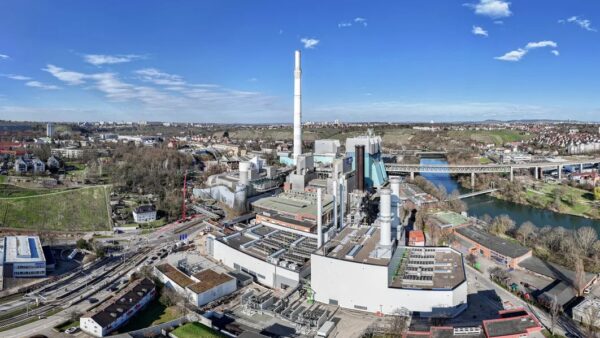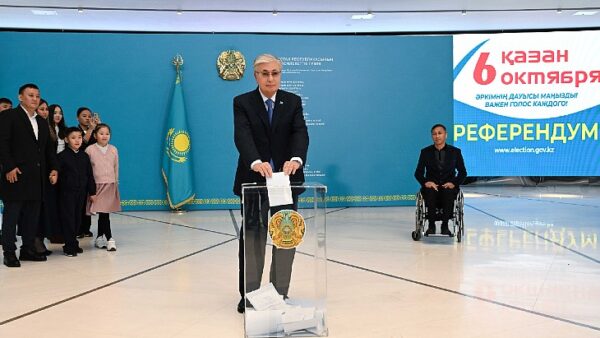The Laos-China Railway Company (LCRC) says the final tunnel of its 414km rail project has been bored, signalling an end to the epic, large-scale civil engineering work the line required.Â
The milestone was reached yesterday, when engineers completed Xiang Ngeun Number 3 Tunnel in Luang Prabang Province, some 210 km north of Vientiane, the capital of Laos.Â
The line has 75 tunnels in total, allowing the line to pass through around 120km of mountains and forests. Many have been major civils projects in their own right.Â
In June of this year, China Railway Guangzhou Engineering Group completed the 9.3km Ban Nakok Tunnel after more than two years of drilling through four fault zones and the deployment of “scientific and technological innovations” (see further reading).
An even longer tunnel, 15.2km in length, was bored in China’s Yunnan Province by China Railway 17th Bureau Group.
The extreme nature of the project is reflected in the fact that the line will have 198km of tunnels and 62km of bridges – rather more than half the length of the line.
The Xinhua news agency comments that the completion of tunnel and bridges on the line means that the remainder of the work will be taken up with building stations, laying track and setting up control systems.
So far, about 148km of track has been laid and the first station, at Nateuy, has been topped out.Â
China Railway Construction Group began work on Vientiane station, the largest of the line’s 20 stops, at the beginning of July.
The electrified 414km railway in Laos will run from Boten station, on the border between China and Laos, to Vientiane, with freight and passengers traveling at 160 km/h.Â
The cost of the project is estimated at $6bn, or roughly a third of Laos’ GDP.Â
Some $3.6bn is in the form of a loan to Laos from the Export-Import Bank of China and the remaining $2.4bn has been provided by the LCRC, which is 70% owned by Chinese entities.Â
Laos has also invested $250m from its national budget. Â
Ultimately, the railway will form a link in one of the flagship schemes of China’s Belt and Road initiative: an electrified standard gauge line from China to Thailand, Malaysia and Singapore.
The project broke ground in December 2016 and is scheduled to be begin running trains in December 2021.
Image: Workers on the railway earlier this month (Laos-China Railway Company)
Further reading:Â
Comments
Comments are closed.











what a quick way to get your army to the front